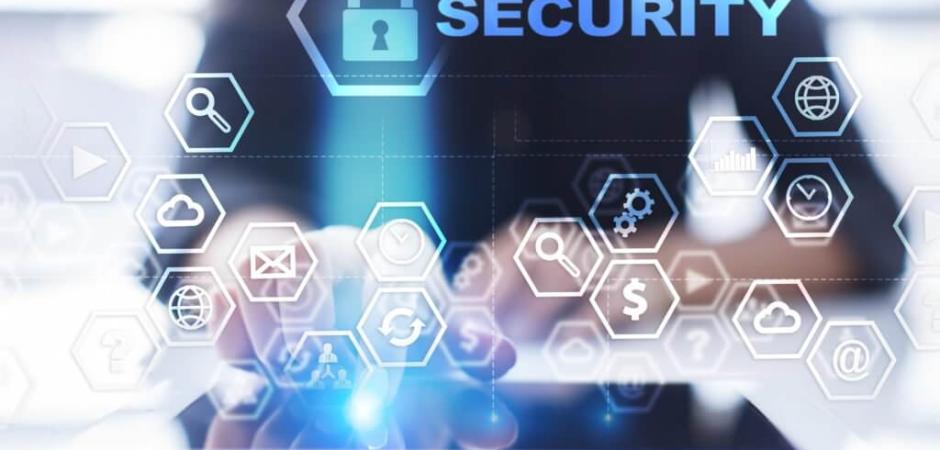Our Top Five Security Predictions for 2017
Blog
Thought Leadership
Our Top Five Security Predictions for 2017
Kristy McDaniel Baia

Here are the security risks to watch.

1.Botnets for DDoS and ransomware distribution will become easier to hire
With Necurs and Mirai blasting malware and DDoS attacks to the corners of the earth, there has never been a more profitable time for malware authors and botnet creators. Established botnets with large numbers can be found for hire online these days to carry out a variety of tasks. Allowing a buyer, with some of their cash, to point the hired botnets ill intentions towards a target they specify. Having a botnet infrastructure being offered a service will make it easier to carry out their plans since they won’t be building a botnet from scratch. With ransomware being one of the most prolific money makers for cyber criminals as of late and DDoS attacks large enough to disrupt global internet traffic, we expect these services to get more attention in the media as well as more use for nefarious reasons. The success of these types of operations will likely further their growth.
2. Rise in IOT botnets
There was an extraordinary surge in malware traffic in 2016 due to the widespread availability of botnets. As more connected devices—like iPhones, Alexa, and other smart home devices—join the party (formally referred to the Internet of Things), we can expect these devices to also be corrupted by malware and also turned into a zombie army, just like today’s PCs and Macs. Not only are these new devices constantly entering the market, consumers don’t think of them as the tiny little computers that can be infected like they are. These botnets will be able to wreak more havoc and maybe even cause some real physical harm in the world.
3. Mobile Malware will finally start to gain traction
The rise of malware designed to target mobile operating systems has been building over the years but 2017 may be the year when the issue becomes more widespread, perhaps driven by an explosion in mobile ransomware. As people are now doing so many things from their smart phone like shopping, banking and paying bills this provides a fertile ground for the attackers looking to take advantage. Also with the explosion of IoT devices and how they interact with other connected devices could prove to be a major contributing factor to the proliferation of mobile malware.
4. Ransomware will continue to be the most popular form of malware
It’s simple: of all the malware on the Internet, ransomware is the fastest and easiest way to make a buck. You don’t have to find a clever way to break into Target’s datacenter, or create a zero-day exploit to penetrate a bank’s firewall. All you have to do is trick a poor, gullible soul into opening an email attachment that downloads a ransomware payload onto his computer, and then hold all of the photos of his grandkids hostage until he pays $300. Is that dark? Yes. But it’s also true. Fortunately, preventing ransomware is often as simple as having a basic antivirus solution installed on your computer and updating your software. Don’t forget to back up your files while you’re at it!
5. People will become numbed to the lack of privacy as they include more and more of their private life online.
For those of us in the vast majority who embrace that our digital footprint is here to stay, we’ll continue to grow more resigned to the idea that our family, employer, and government are scrutinizing everything we say and do. This could lead to more people policing their own voices, or even more accepting of the fact that Big Brother is always watching.
